How to guard against synthetic drug abuse at work

Synthetic drug abuse in the workplace is a serious problem, but sadly it’s not being discussed enough. Drug users are typically very good at hiding their habits, especially if they’re at work. And as a society, we’re generally taught not to tell on our coworkers. This makes it harder to address the situation.
However, as a business leader, your duty involves keeping your company and employees safe. You need to confront your workers if you think they’re posing a serious threat not only to themselves but others as well. This includes taking on the issue of synthetic drug abuse at work no matter how difficult the conversation might be.
What dangers do synthetic drugs pose to the workers? How can you protect your workplace from the impacts of these drugs? Read on to find out the answers.
What are synthetic drugs?
Synthetic drugs, also known as new psychoactive substances (NPS), are chemical compounds made primarily in laboratories. They mimic the effects of illicit drugs such as cocaine, cannabis, ecstasy, and LSD. However, they are often more potent and deadlier than regular drugs.
NPS manufacturers label their products as ‘not for human consumption’ to avoid government regulation. They also alter the drugs’ chemical composition to evade legal prohibitions on their sale or possession and prevent law enforcement from detecting them. This makes it harder for regulators to determine how these products can affect people’s health. Australia’s laws prohibiting the sale and possession of NPS are designed to be expansive and usually cover analogs of the commonly abused drugs.
Most of Australia’s illicit drug supplies come from other countries such as those in Asia, North America, and Europe. This includes many of the chemical components used in the creation of known synthetic drugs.
Synthetic drugs vs regular drugs
Today, we know many of the synthetic drugs started as derivatives (analogs) of other chemical compounds and were intended for medical research use only, never for human consumption. Therefore, many of the NPS are incredibly potent and may have serious health consequences even at low doses.
As awareness of the drugs’ effects and potency became more widely known, people started using synthetics as substitutes for regular drugs. This led many drug dealers to manufacture their synthetic drug variants in secret laboratories.
As more synthetic drugs entered the market, drug makers began experimenting with different formulations. These newer drugs may target the same parts of the brain as their regular counterparts but often have other unselective effects on the brain. They tend to be more potent and faster-acting than other established products.
For example, drug abusers may incorrectly use synthetic cannabinoids as a substitute for natural marijuana. Some people also use Fentanyl as an alternative to heroin.
Since most synthetic drugs are made in clandestine laboratories, such drugs’ purity and quality often vary (even from the same source), and dangerous contamination issues are not uncommon. The sheer number and variety of NPS monitor the production and distribution of these drugs by the authorities an arduous task.
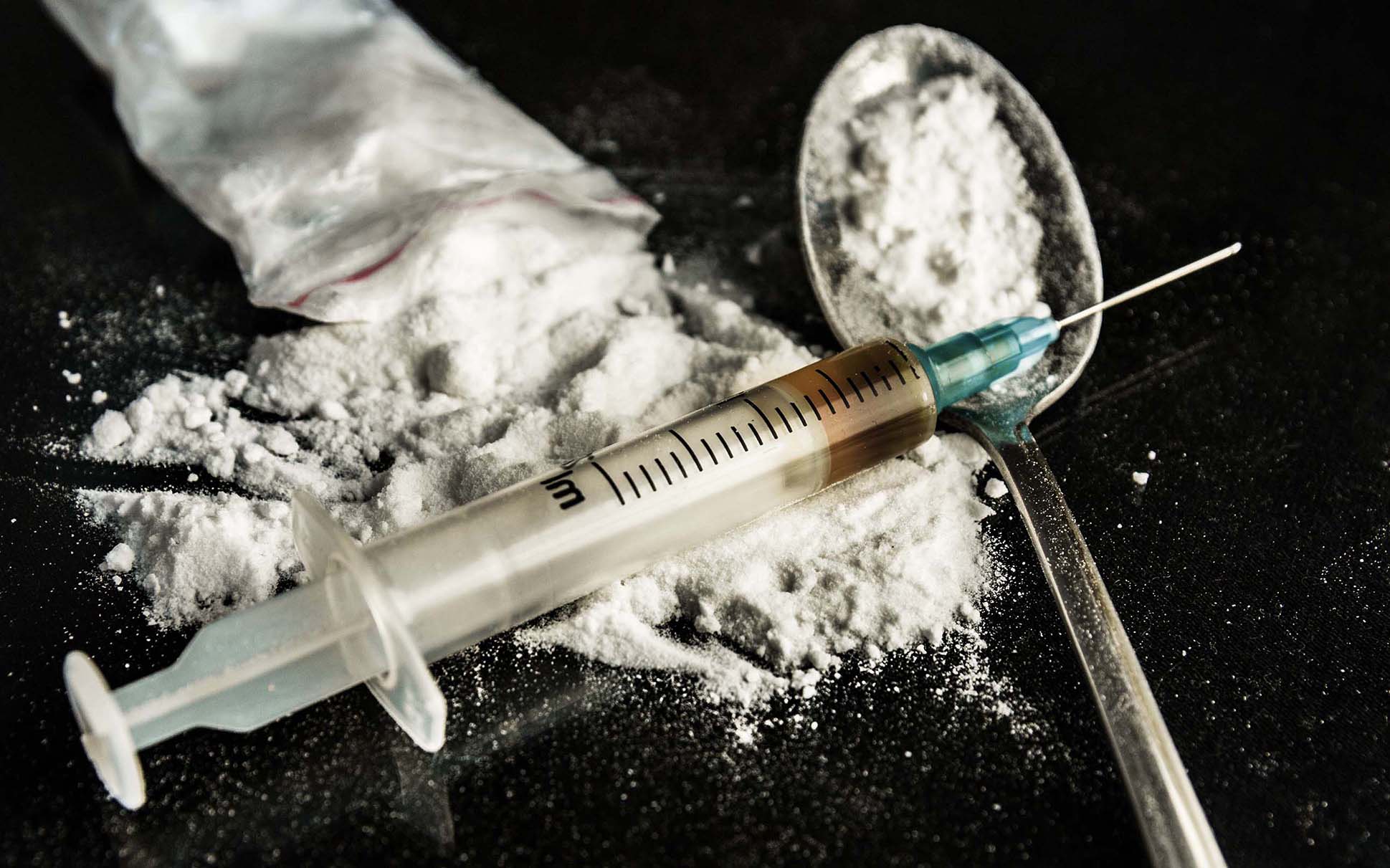
Who uses synthetic drugs?
Synthetic drugs are now more readily available to the public than before. People can easily buy Spice, bath salts, N-bomb and other similar products from convenience stores, head shops and party venues. Some online stores also sell synthetic drugs labelled as ‘research chemicals’ and deliver them straight to the buyer’s doorstep.
This convenience helped make NPS more appealing to younger audiences. Before, people would have to buy illicit drugs from dealers in back alleys and seedy establishments. But with synthetics, they can order their supplies over the Internet. It opened the doors for teenagers and young adults to engage in synthetic drug abuse.
In Australia, NPS abuse figures remained low in 2019. The Australian Institute of Health and Welfare reported that synthetic cannabinoid use dropped from 1.2% to 0.2%. Other synthetic drugs also saw a significant decrease in their lifetime and recent use figures. The AIHW study involved participants aged 14 and older.
Commonly abused synthetic drugs in the workplace
Some of the most popular drugs are synthetic cannabinoids, synthetic stimulants, synthetic LSD and synthetic opioids. Despite their relatively low frequency of use, these drugs can have a disproportionate effect on workplace safety and performance.
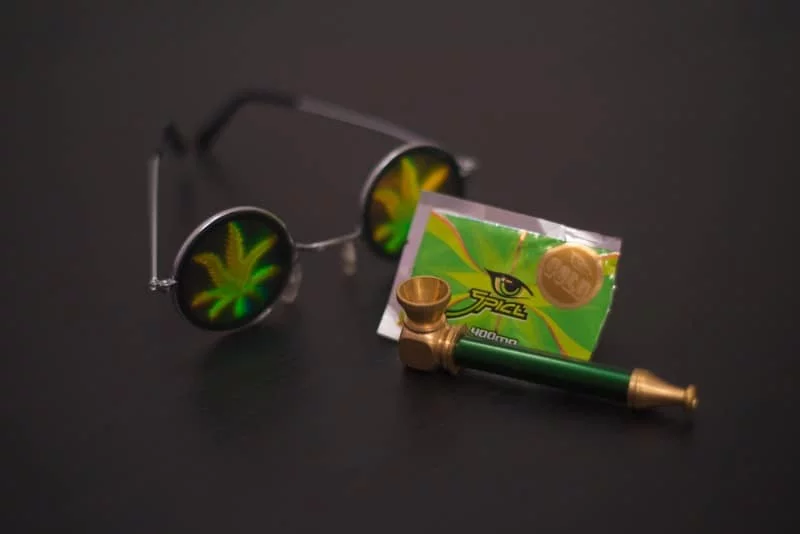
Synthetic cannabinoids
Illicit drug dealers market synthetic cannabinoids (SCs’) as a substitute for natural marijuana. SC’s are not a single drug; they are a class of drugs with a wide variety in potency and side effects. These drugs mimic 9-tetrahydrocannabinol (THC) effects, which is the primary psychoactive ingredient of marijuana.
Although synthetic cannabinoids bind to the brain’s CB1 receptors, much like marijuana, their binding is far more potent, and they bind CB2 receptors. Unlike marijuana, the primary metabolites of most Synthetic Cannabinoids are also psychoactive. Binding CB1 triggers the euphoric or psychoactive effects of the drugs. Synthetic cannabinoids produce more potent effects, weight per weight, than THC, and longer-lasting effects.
Marijuana vs synthetic cannabinoids
Marijuana has an extensive therapeutic index. It is extremely difficult to die from an overdose of marijuana. However, this does not hold for SC’s. There is little evidence that cannabis can induce drug dependence, but SC’s do so often.
While cannabis may cause psychosis in under 2% of users (commonly young persons, who may already be at risk of developing schizophrenia) – marijuana contains cannabidiol (CBD), a natural antipsychotic agent. SC’s, however, do induce psychoses and not infrequently. This became such a problem that some drug dealers included sedatives and antipsychotics like Zaleplon and Phenazepam with their SC’s.
Drug users take synthetic marijuana by smoking it. Some people use a pipe to inhale cannabinoids, while others roll the substance in paper and smoke them like cigarettes.
Another way to take the drugs is through the bucket (water pipe) method. Users place the synthetic cannabinoid in a water pipe-like mechanism and heat it using a lighter. They then inhale the drug directly into their lungs once the substance turns into water-distilled smoke.
The most common side effects of synthetic cannabinoid use include increased heart rate and blood pressure, headache, nausea, and vomiting. Users may also show sudden behaviour changes such as agitation, irritability, and paranoia. In severe cases, drug use may result in acute renal failure and severe damage to the central nervous and cardiovascular systems.
Examples of synthetic cannabinoids
Synthetic cannabinoids are a relatively recent invention, but despite the bad publicity the side-effects have created, they are fast becoming popular among drug abusers. Drug dealers often sell them under different street names to avoid government detection. These names include:
- Spice
- K2
- Herbal incense
- Black Mamba
- Mr Nice Guy
- Solar Flare
- Moon Rocks
The problem is made worse because SC’s are sold under these names, but the actual chemical composition of products like ‘Spice’ and ‘K2’ change from year to year. JWH-018 used to be the major component of Spice sold on the streets – nowadays, it is more likely to be AM-2201 or any of a host of new SC’s.
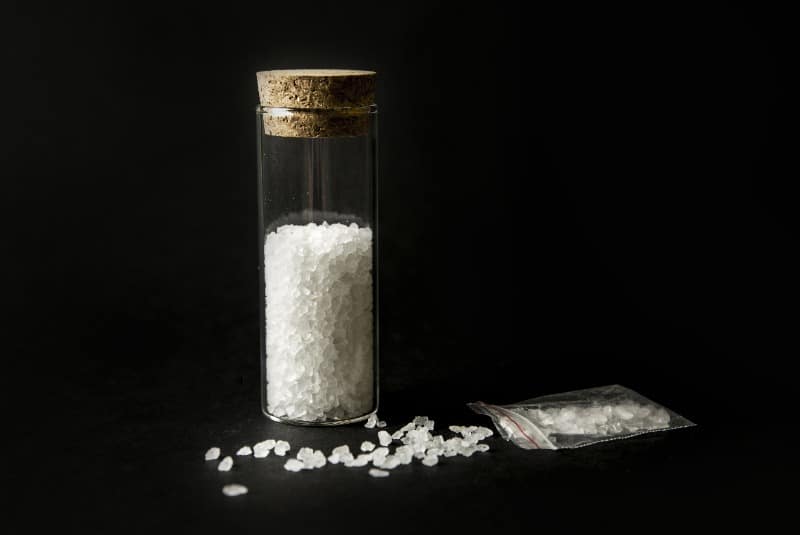
Synthetic stimulants
Chemically speaking, cathinone are ‘keto’ analogs of amphetamine. Like speed, they are central nervous system stimulants that trigger a rapid release of the neurotransmitter dopamine in the brain’s reward centres.
People have been abusing synthetic stimulants for years, although they may know them by a different name: bath salts (because they look like Epsom Salts). Cathinone is present naturally in the East African stimulant khat, but Bath Salts are synthetic cathinone derivatives.
Two of the most common cathinone derivatives in bath salts are 3-4 methylenedioxypyrovalerone (MDPV) and mephedrone. These drugs have effects that peak earlier, are much more powerful, and clear faster from the brain than ecstasy. This is why they have a much greater potential for repeated binge use and cause strong cravings for reuse. MDPV especially has a self-administration potential nearly as bad as crystal meth.
Drug dealers value synthetic stimulants for their highly potent hallucinogenic effects. They market the products as better alternatives for cocaine, amphetamine, and ecstasy (MDMA). The drugs often come in white or brown crystalline powder form but also sold in other colours.
There are several ways to take bath salts. They can be ingested orally, snorted, smoked, or injected. Some drug users also insert the synthetic stimulants rectally or vaginally.
Bath Salt side-effects include increased heart rate, blood pressure, chest pain, nosebleeds, sweating, nausea, and vomiting. Drug use can also trigger behavioural changes such as agitation, irritability, panic attacks, depression, hallucinations, and paranoia.
Examples of synthetic stimulants
To avoid detection, synthetic stimulants are sold under different and often whimsical names. These include:
- Bliss
- Cloud Nine
- Vanilla Sky
- White Lightning
- Lunar Wave
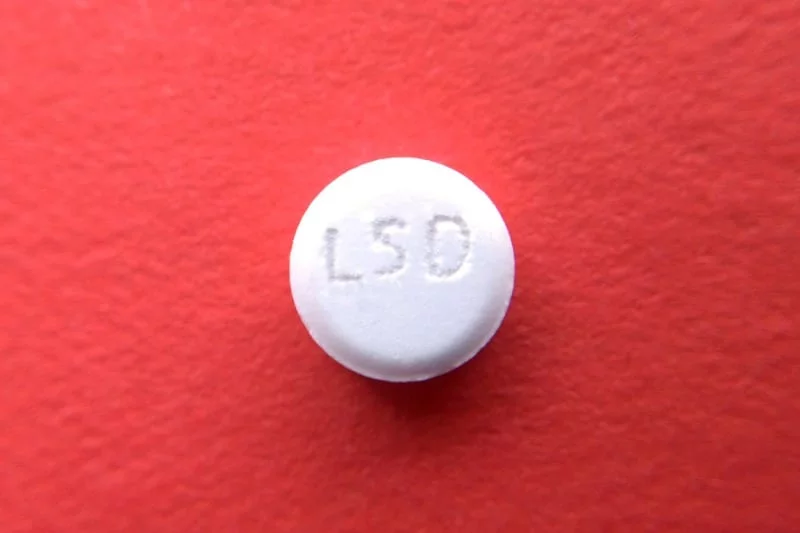
Synthetic LSD
Synthetic LSD is a class of drugs, also known as ‘N-bomb’ or ‘Smiles’. They are highly potent stimulating synthetic hallucinogens derived from the chemical N-methoxybenzyl-methoxyphenylethylamine (NBOMe).
Scientists originally designed NBOMe for use in mapping areas of the human brain. However, criminal syndicates found a way to recreate it in clandestine laboratories. They now sell the drug on the black market for nonmedical use.
N-bomb triggers LSD-like hallucinations, although they are more visual and less complex than with LSD. Like LSD, it can also trigger outbursts of paranoid psychosis. As a phenethylamine, side effects can include increased heart rate and blood pressure, hyperthermia (overheating), muscle spasms, nausea, confusion, delirium, and seizures.
What makes N-bomb so dangerous is that it is at least sixty times more potent than LSD and, unlike LSD, is lethal at high doses. Worse than that, N-bomb induces physiological tolerance, so with repeated use, higher doses are required for the same effect – which can easily have deadly consequences.
Many people use it as an alternative to regular LSD, but they do not fully understand its effects. They often lose track of just how much of the drug they have already taken. This leaves them more vulnerable to fatal overdoses.
Drug users have come up with creative ways to take N-bomb. Since the synthetic LSD does not have any effect when swallowed, it is often placed under the tongue instead. This allows users to absorb the drug much better. Meanwhile, some people choose to snort, smoke, inject or vaporise and inhale the N-bomb. Others have also inserted the synthetic drug rectally.
Examples of synthetic LSD
Aside from N-bomb and Smiles, synthetic LSD can also be bought under several other street names, including:
- 25I
- BOM-CI or Cimbi-5
- Dime
- Legal Acid
- New Nexus
- Solaris
- GNOME
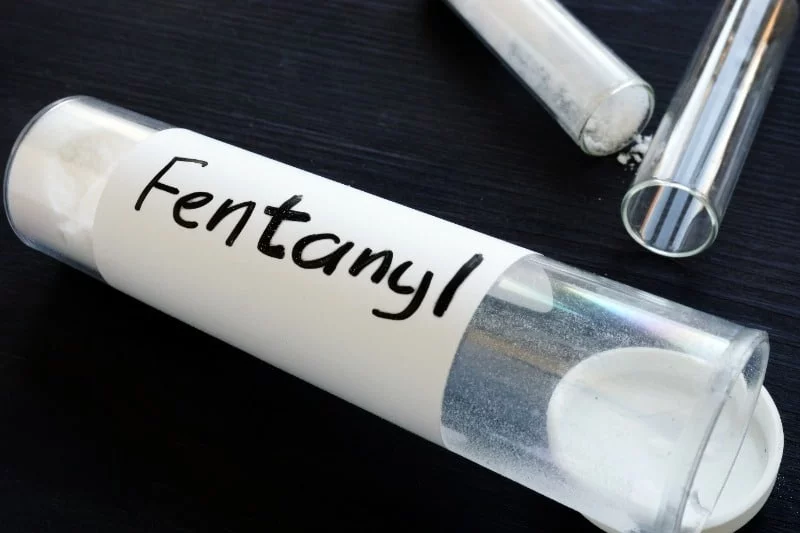
Synthetic opioid
Fentanyl is a semi-synthetic opioid initially developed to help cancer patients manage pain during their treatment. It is 50 to 100 times more potent than morphine.
These same powerful opioid properties are what led drug users to abuse the product. They often use the drug to increase the potency of regular heroin. Fentanyl abuse, along with another semi-synthetic opioid (Oxycodone), is at the heart of the ongoing US’ Opioid abuse crisis.’
Unlike most other synthetic drugs, Fentanyl has proven medical use. Doctors prescribe the drug as pain medication for people who have undergone surgery. Patients can take Fentanyl as a shot, a patch placed on their skin, or as lozenges.
Side effects of fentanyl abuse include confusion, constipation, drowsiness, nausea, sedation, breathing problems and unconsciousness. It can also cause users to experience extreme happiness. If taken in high doses, the drug can lead to overdose and death – the problem being, because the onset of fentanyl effects is rapid and the drug is so potent, it is relatively easy to overdose.
Examples of synthetic opioids
People can buy Fentanyl from pharmacies if they have a valid prescription from their doctor. However, drug dealers also sell synthetic opioid illegally on the streets under different names. These include:
- Apache
- China Girl
- China White
- Dance Fever
- Jackpot
- Murder 8
Trends of synthetic drug use compared to regular drugs
Australia doesn’t have as big a problem with synthetic drug use as it does with illicit drugs. However, this doesn’t guarantee that things are going to stay the same for years.
Misconceptions about using illicit drugs
Many people believe that consuming ‘socially acceptable’ drugs like ecstasy is not a cause for concern. Some individuals even think that they can report to work after ecstasy because it only has benign effects. This carefree attitude towards drug abuse often leaves users vulnerable to more powerful and deadlier substances.
Unfortunately, we might see more kinds of NPS like those that killed the five Melbourne men. 25C-NBOMe (bath salts) and 4-fluoroamphetamine (an amphetamine derivative) are relatively easy to make in laboratories in Australia. These synthetic drugs are often more addictive than regular drugs like ecstasy. They can also just as quickly impact the safety of workplaces in the country.
To prevent the spread of synthetic drug abuse, the government encourages employers to develop their drug and alcohol policies. They also need to test their employees for potential drug abuse at work regularly. While synthetic drugs are difficult to screen using on-site drug tests, they can be detected through laboratory tests.
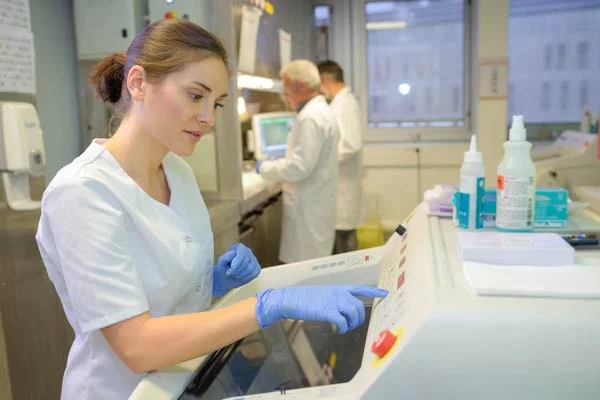
From a Laboratory perspective
From a laboratory perspective, testing NPS’s pose unique problems. Standard on-site devices cannot screen most of the newer drugs.
The composition of many of the drug types – notably the SC’s – change over time. So the laboratory must continually update the drug menu to keep it relevant. For this reason, SWL annually reviews its synthetic drug menu).
Consequently, few Australian or world standards for these drugs and reportable cut-offs are currently based on the world’s best practice guidelines. That there will be an adverse impact and significant degree of impairment when these drugs are detected is certain.
However, since many of these drugs are not slated for human use, in many cases, the exact health effects of the drugs are not yet fully clarified. Standard doses are uncertain. Gauging the immediate impact of a detection (except for medical drugs like Fentanyl) is difficult.
In the case of Fentanyl (or oxycodone), the reportable levels are well-established. The behaviour and effects of these semi-synthetic opioids are well-known to be approached like conventional drugs. It is likely that, over the next decade, a formal consensus will emerge for the reporting and thorough interpretation of these new emerging drugs.
Learn more
Safework Health can help keep your workplace safe from synthetic drugs. Contact us today.
